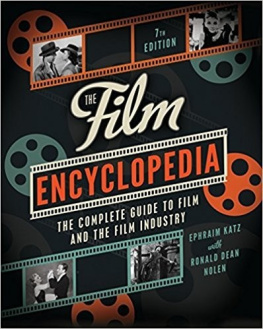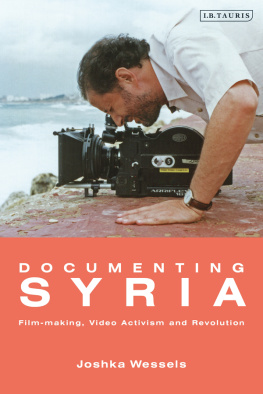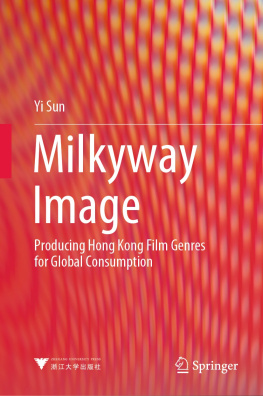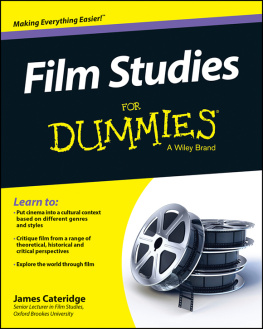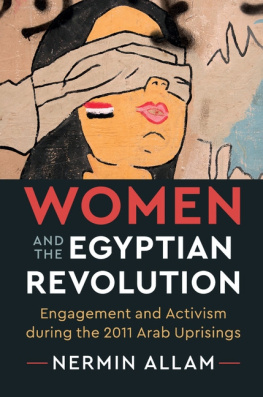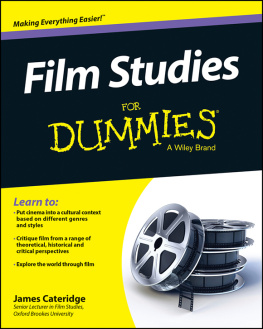The people want to bring down the regime was the main slogan chanted by millions of Egyptians on 25 January 2011. Bread, freedom and social justice were the three main demands of demonstrators, made up of different strata of Egyptian social classes and political affiliations. On 28 January known as the Friday of Anger the police attacked the protesters violently through shooting and running over them with their cars. Later that day, the protesters burned the National Democratic Partys headquarters (the ruling party at that time), prisoners escaped after the opening of prisons, the army replaced the police and a curfew was established. Statistics reveal 846 people, at least, were killed and 6,467 were injured (Uwra and Marwan as cited in Ali, 2011). The majority of protesters occupied Tahrir Square (literally liberation square) in central Cairo and considered it the main symbol of the revolution. However, other protests, demonstrations and marches took place in cities such as Iskindiriya (Alexandria), Ismailia, Mansura, Suwis (Suez) and Zaazi. Scattered all over Egypt, the protesters succeeded in overthrowing Husni Mubarak after his thirty years of rule on 11 February 2011. Subsequently, Egyptian society has encountered profound chaos, including recurrent protests and criminal elements that have monopolized the absence of security and intimidated the public.
During the last decade of Mubaraks rule, Egyptians increasingly suffered from high rates of unemployment, widespread corruption and police brutality. One of the main revolutionary requests was the end of qnn al-tawri (emergency law), which was enforced after Sadats assassination and lasted during Mubaraks rule. That law gives executive authorities the right to arrest, interrogate, and imprison any Egyptian for up to six months without a warrant or any legal grounds or even the right to an attorney (Ghonim, 2012, p. 2). In addition, the state manipulation of the 2010 parliamentary elections, in favour of the National Democratic Party (97 per cent), while ignoring most of the oppositional groups such as the Muslim Brotherhood and al-Wafd Party led to a public dissent (Shihata, 2011).
The fall of Mubarak was the main consequence of the revolution. The Supreme Council of Armed Forces (SCAF) ruled Egypt during the transitional phase from 11 February 2011 to 30 June 2012. Although the army appeared to support the revolution, the protesters experienced catastrophic events such as the arrest of revolutionary figures, attacking Tahrir Square and obstructing Christian protests at Maspiro all of which distorted the protesters view of the army. During the transitional phase, the Muslim Brotherhood gained power through claiming 40 per cent of the parliamentary seats (Farag, 2012), followed by the election of Muhammad Mursi a leading member in the Muslim Brotherhood in June 2012 as the president of Egypt. During his first year of rule, Muhammad Mursi received wide criticism for his actions, which included a declaration broadening his legislative power and the enforcement of a new constitution amended by Islamists in November 2012. Protests erupted again by the end of December 2012 at the presidential palace demanding Mursis resignation. The attacks by Islamists against these protests led to a growing anger and division within the Egyptian community. In April 2013, a campaign named Tamarrud (Rebel) called for protests on 30 June 2013 to overthrow Mursi due to deteriorating economic and political conditions.
On 30 June 2013, millions of Egyptians returned back to the streets and squares calling for Mursi to step down. The following day Marshal Abd al-Fattah al-Sisi Minister of Defense offered Mursi 48 hours to answer the public demands, before the armys intervention. On 3 July 2013, the army removed Muhammad Mursi from office, shut down the Islamist television channels and called Muslim Brotherhood leaders for arrest. Meanwhile, al-Sisi, together with al-Baradi and other political leaders, announced a roadmap plan for the new transitional phase, including the suspension of parliament and amending the constitution. This action has led to a controversial debate whether 30 June 2013 was a revolution or a coup. According to the Egyptian constitution, the chief of supreme justice court Adli Mansur was appointed as the president of Egypt during the new transitional phase. On 14 August 2013, the army and police attacked the Muslim Brotherhood protest in Raba al-Adawiya, killing hundreds of protesters, whom the regime claimed were armed. In the presidential elections of May 2014, al-Sisi won with more than 95 per cent of the votes, after a public demand that he run in the presidential elections.
Using the term revolution to describe the uprising that took place in Egypt in January and February 2011 has been subject to debates and contestations. Political science and international relations scholars, such as Achcar (2013), have argued that the events of 2011 have only led to the overthrow of the president who dominated the state, but still pending social revolution, democratization as well as change in the constitution and the regime (which seek to maintain continuity with old institutions). However, Achcar does not deny the uprisings that took place in 2011 and articulates them as events within a long-term revolutionary process. The counter-revolutions that followed the uprisings, for example, have complicated the democratization process and formed a three-cornered struggle, which Achcar (2016) explains as not a binary confrontation between revolution and counter-revolution, as in most revolutionary upheavals in history, but a triangular conflict between one revolutionary pole and two rival counter-revolutionary camps the regional ancient regime and its reactionary antagonists both equally inimical to the emancipatory aspirations of the Arab Spring (p. 30). In the case of Egypt, for example, the two counter-revolutionary camps the Muslim Brotherhood and the ancient regime/military regime supporters have hindered the sociopolitical transformation that the 2011 uprising aimed for.
In Arabic, the equivalent word for revolution is thawra, which is derived from the verb thara (to revolt). Many Egyptians have labelled the January and February 2011 events as thawra or revolution in the sense of a radical upheaval including, at the very least, a change in the political regime accomplished in ways that violate existing legality (Achcar, 2013, p. 2). The protests, marches and sit-ins demonstrated exceptional episodes of high solidarity and sacrifice, of altruism and common will, when a rapid shift in consciousness and momentary change in behaviour takes place (Bayat, 2013, p. 268). The overthrow of Mubarak by the people (from below) also qualifies the use of the term revolution, in contrast to coup dtat where the army seize the power (as in the case of Egypt in July 2013). Although the millions who went out on the streets during January and February 2011 have toppled the dictator, they did not overthrow the regime, which still dominates state institutions (Mostafa, 2015, p. 120). However, it is yet too early to decide on the success or the failure of the revolution. The release of Mubarak from prison free of charges and the imprisonment of many figures of the revolution since the appointment of al-Sisi as a president are only events within a longer revolutionary process. As Achcar (2013, p. 3) suggests, the uprising has created a revolutionary dynamic which allows radical changes to take place in the future. Thus, I refer to the political movement of 2011 that led to the fall of Mubarak as a revolution in solidarity with the thousands who lost their lives and were injured.



